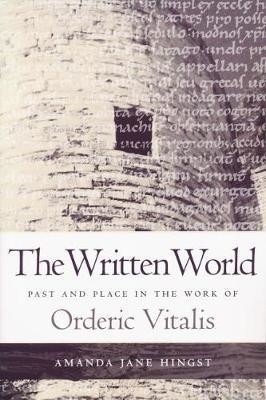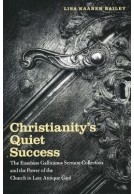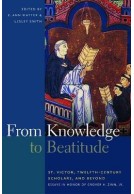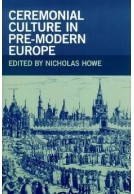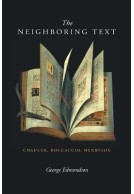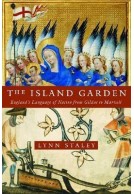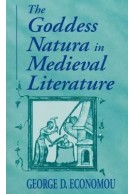The Written World (Paperback)
Past and Place in the Work of Orderic Vitalis
Pages: 272
ISBN: 9780268030865
Published: 15th April 2009
Casemate UK Academic
(click here for international delivery rates)
Order within the next 4 hours, 48 minutes to get your order processed the next working day!
Need a currency converter? Check XE.com for live rates
The Anglo-Norman monk Orderic Vitalis (1075-c.1142) wrote his monumental, highly individual Historia Ecclesiastica as an exercise in monastic discipline intended to preserve the events and character of Christendom for future generations. Though cloistered since childhood in a Benedictine monastery near Normandy’s southern border, Orderic gained access to an intellectual world that extended from Scotland to Jerusalem through his engagement with texts and travelers that made their way into his monastic milieu. His Historia Ecclesiastica, with a breadth of vision unparalleled in its time, is a particularly fertile source for an investigation of concepts of space and historiography in the high Middle Ages.In The Written World: Past and Place in the Work of Orderic Vitalis, Amanda Jane Hingst draws on the blend of intellectual intimacy and historiographical breadth in Orderic’s writings to investigate the ways in which high medieval historians understood geographical space to be a temporally meaningful framework for human affairs. Hingst explores Orderic’s manipulation of the classical geographical tradition, his balancing of spatial scale between the local and the universal, and his sophisticated and original utilization of the new intellectual currents of the twelfth century. She argues that Orderic, along with some of his contemporaries, interpreted Christendom’s terrain not merely as a static stage for human action but as a meaningful element in human history. Using a theoretical framework marrying modern spatial theory with medieval philosophical traditions, Hingst suggests that, at its most nuanced, medieval historiography affirmed the symbolic topography of Christendom by linking history and geography in such a way that they mutually forged and reinforced each other.







